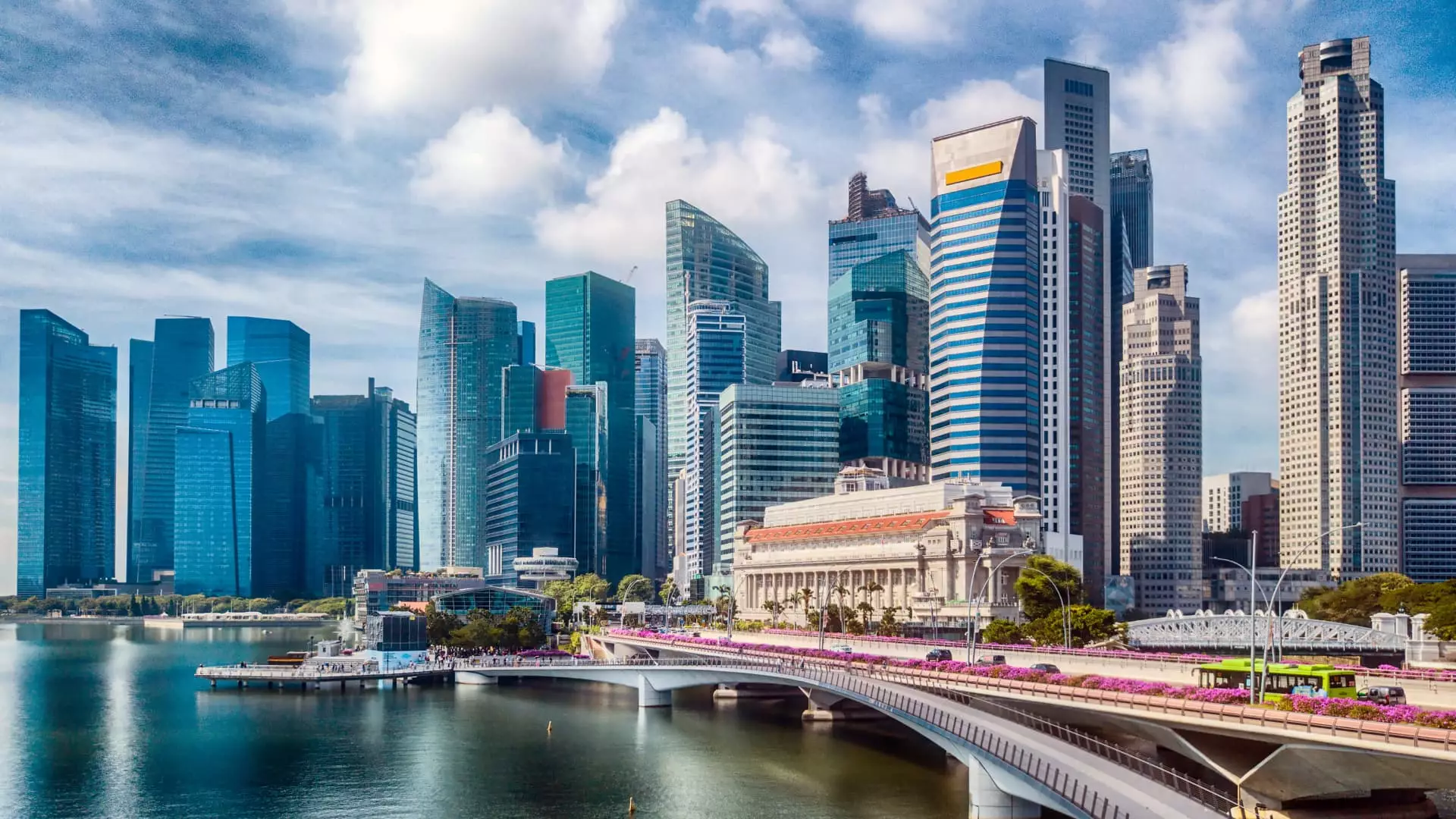In recent years, the competitive landscape of global tourism has shifted dramatically, leading cities to rethink their strategies. For Singapore, this rethinking comes not as a mere response to changing travel behaviors, but as a bold initiative known as the “Tourism 2040” strategy. Rather than simply aiming to draw more tourists, Singapore’s government is zeroing in on increasing tourism revenue, particularly from high-value segments such as business and stopover travelers. The ambitious goal: to elevate tourism receipts from a staggering $29.8 billion in 2024 to a transformative $50 billion by 2039. This approach signals a monumental shift in how Singapore perceives its role on the global tourism stage.
The MICE Market: More Than Just Numbers
At the heart of this recalibrated focus lies the Meetings, Incentives, Conferences, and Exhibitions (MICE) sector. Minister Grace Fu made it clear that MICE visitors are deemed far more lucrative than their leisure-seeking counterparts, spending approximately twice the amount. By targeting this segment, Singapore aims to triple its MICE revenues, establishing itself as a premier global hub for such activities—a sentiment echoed by Singapore Tourism Board CEO Melissa Ow. The MICE industry offers more than immediate financial benefits; it provides a rich tapestry of networking opportunities that could catalyze innovation and influence in trades that matter. This strategic embrace of the MICE sector reaffirms Singapore’s ambition of establishing itself as the “World’s Best MICE City,” further solidifying its international reputation.
Stopover Travelers: The Gateway to Revenue
The strategic foresight extends beyond MICE travelers as Singapore positions itself to capitalize on the emerging segment of stopover visitors. With the impending opening of Changi Airport’s Terminal 5 by the mid-2030s, this sector is set to flourish. Terminal 5 is expected to increase the airport’s passenger capacity from 90 million to 140 million, a substantial upgrade that will significantly alter the dynamics of air travel through Singapore. Melissa Ow pointed out that transit traffic currently encompasses a third of Changi Airport’s activity. The new terminal is not just about increased numbers; it’s about cultivating an experience that encourages travelers to linger and spend, enriching Singapore’s tourism landscape and economy alike.
A Commitment to Leisure Tourism
Despite the pronounced focus on high-value segments, leisure tourism remains a cornerstone of Singapore’s tourism strategy. Singapore is committed to creating world-class attractions that will draw families and solo travelers alike, even in a region filled with cheaper alternatives. Attractions like the Singapore Oceanarium and the Porsche Experience Center will soon enrich the island’s offerings. The focus is not solely on quantity; it’s about quality experiences that resonate deeply with visitors. These attractions are positioned not just as entertainment options but as catalysts for tourism expenditure—ensuring every tourist walks away with a lasting impression and a willingness to return.
The Growing Landscape of Wellness and Cruise Tourism
As the nation carves out its niche in emerging tourism trends, the wellness and cruise sectors are showing great promise. The Singapore Tourism Board identified a unique “city in nature” appeal that can capture the burgeoning market of wellness tourism. As cities increasingly become synonymous with wellness, Singapore stands out with innovative wellness hotels and longevity travel initiatives. Concurrently, the arrival of luxury cruise lines like Disney Cruise Line and Ritz-Carlton Yacht Collections depicts an ambitious move to attract affluent travelers seeking unique experiences. These strategies highlight Singapore’s ability to adapt and shape itself according to evolving consumer preferences.
Entertainment and Major Events: A Cultural Magnet
Entertainment plays an essential role in Singapore’s tourism strategy, particularly following the buzz generated by high-profile events. The successful hosting of multiple Taylor Swift concerts epitomizes how exclusive events can generate substantial economic activity, illustrating the potential of concert and entertainment economics in driving tourism revenue. As plans unfold for additional prominent acts like Lady Gaga and major sporting events, the trajectory points towards a vibrant cultural fabric that attracts diverse global audiences. New venues and facilities are on the horizon, enhancing the capacity for such large-scale gatherings while embedding a sense of dynamism within the local culture.
Diversifying Visitor Markets: A Global Reach
To sustain and amplify its growth, Singapore is setting its sights on emerging markets, eyeing regions like Saudi Arabia and Kazakhstan. By diversifying its visitor base, the Singapore Tourism Board aims to mitigate risks associated with over-reliance on traditional markets. This proactive approach goes hand in hand with the city’s ambitious revenue targets, ensuring that no stone is left unturned in the quest to fortify Singapore’s status as a global tourism powerhouse.
As Singapore embraces this ambitious new era of tourism, the city’s strategies signify not just a pursuit of higher numbers but a comprehensive vision that intertwines revenue growth with sustainable tourism practices. By investing in high-value sectors, enhancing visitor experiences, and diversifying its markets, Singapore is poised to redefine what it means to be a leader in the global tourism landscape.


Leave a Reply